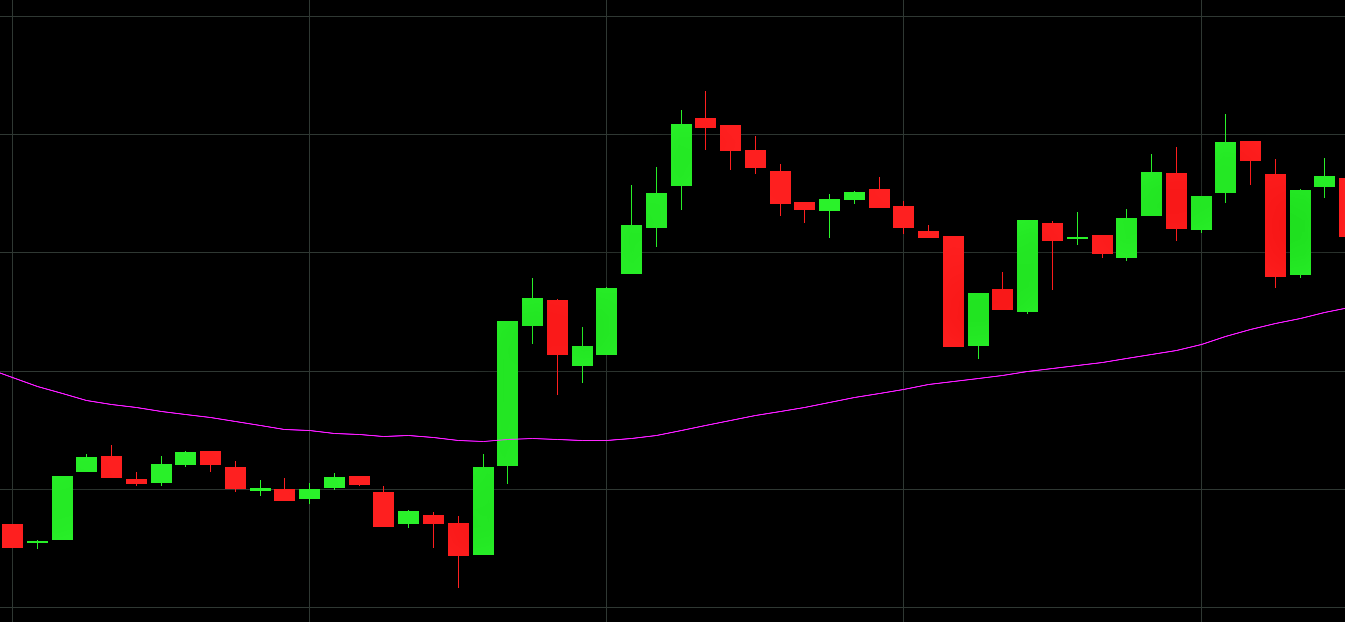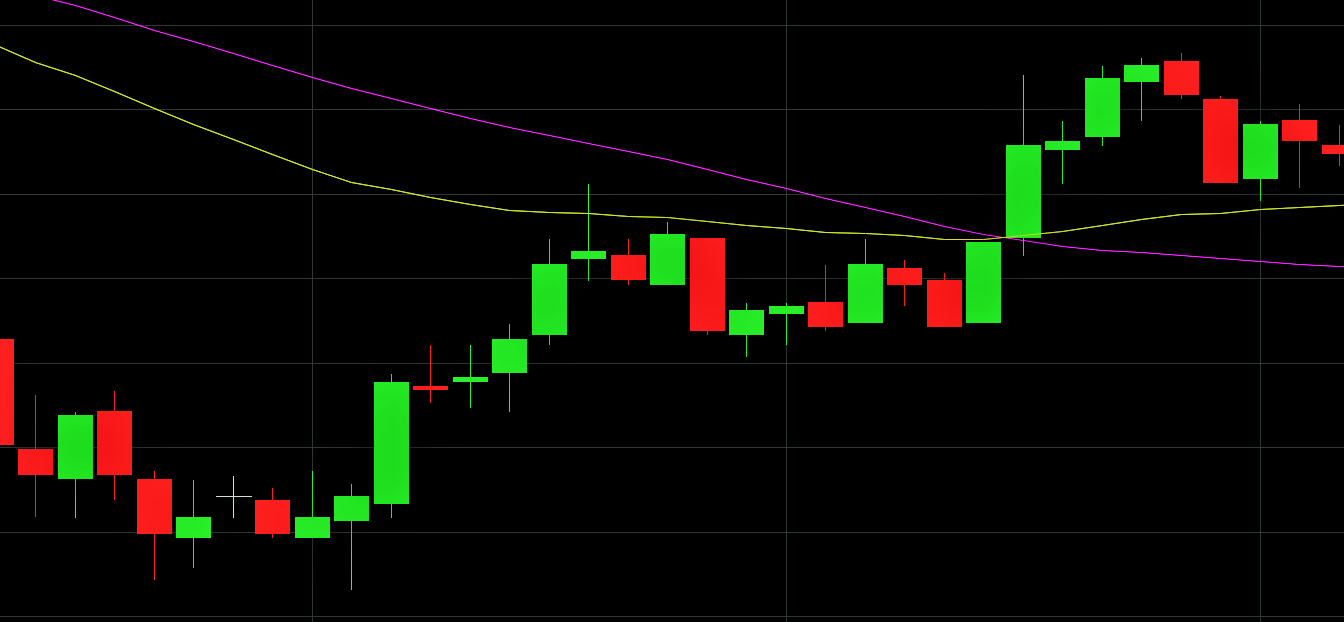There are two main ways to use the simple moving average. The first is trend analysis. At a very basic level, traders and investors use the SMA to assess market sentiment and get an idea of whether the price of a security is trending up or down.
The basic rule for trading with the SMA is that a security trading above its SMA is in an uptrend, while a security trading below its SMA is in a downtrend. For example, a security trading above its 20-day SMA is thought to be in a short-term uptrend. In contrast, a security trading below its 20-day SMA is thought to be in a long-term downtrend. By analysing the SMA, the investor or trader can quickly assess market trends and determine whether the security is trending upward or downward.
Simple moving averages can be useful in spotting trend changes. They can also be used to identify support and resistance levels. Often, during a trend, the SMA will provide a dynamic level of support or resistance. For example, a security in a long-term uptrend may continually pull back a little, but find support at the 200-day SMA. This can also be helpful in identifying trend changes. This method can be used across many markets, including foreign exchange, indices and stock markets.




